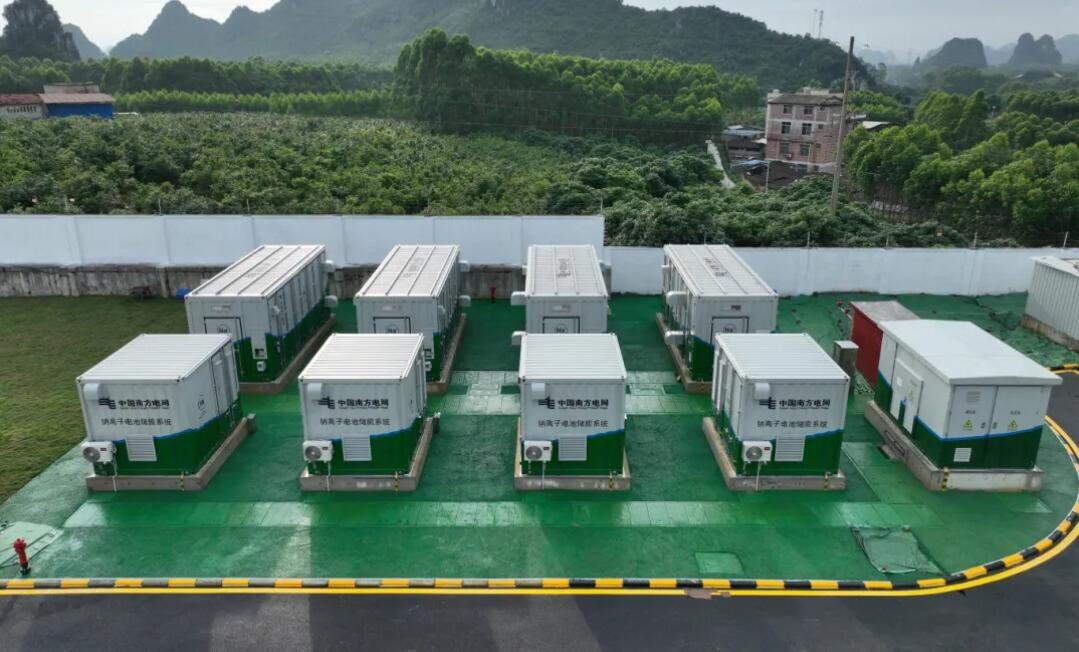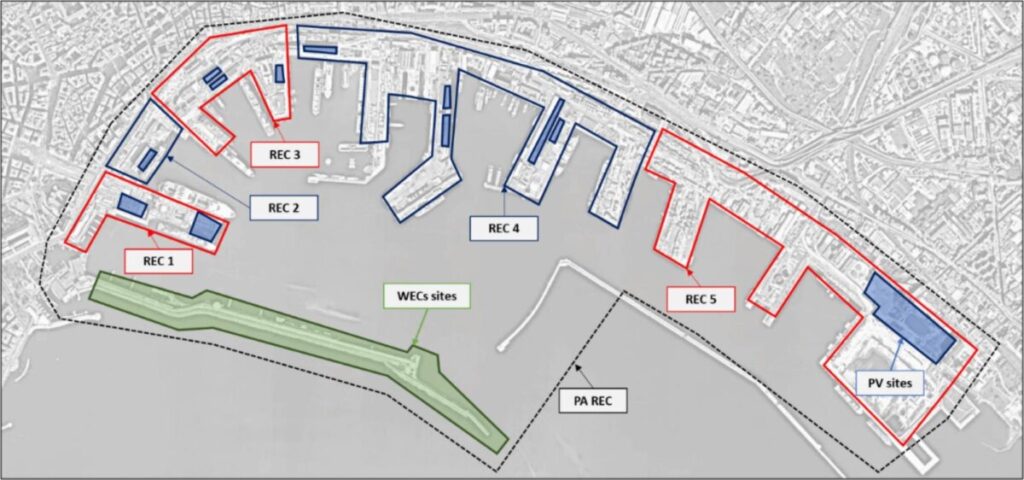Researchers simulated the operation of seven renewable energy communities in the Port of Naples and found that they offer lower life cycle costs. Using different capacities of solar and wave energy, they were able to optimize the system to a self-consumption of 90%. They also offered a scheme to manage a port energy community.
Researchers from Italy’s University of Naples, Federico II, have investigated the feasibility of setting up sustainable energy communities (RECs) in seaports. To do this, they created a numerical model based on European Union regulations, although they say their results can be generalized to other ports. Using the Port of Naples as a case study, they achieved high self-consumption and low life cycle costs.
“Ports are special anthropogenic systems characterized by high energy demands due to the multitude of activities carried out within the port areas, including electricity for shipping, industrial activities and commercial facilities,” the academics said. “Therefore, through end-use electrification and development of shared renewable energy projects within the enabling framework of RECs, ports can be transformed into renewable energy hubs, potentially providing surplus energy to surrounding communities.”
Using software such as MATLAB and PVsyst, the scientists created a numerical model for the deployment of PV systems, wave energy converters (WECs) and battery energy storage systems (BESSs). They then modeled the system’s financial flow and performed multi-objective optimization to find the best REC configuration.
They have made a case study on the Port of Naples, which has a potential PV installation area of 106,100 m2, while the WECs are believed to be located on the port’s breakwaters, which extend over a length of 1.5 km. The meteorological data of a typical year was used based on irradiation and wave profiles. The location receives a maximum of approximately 1,000 Wh/m2 global horizontal radiation, up to an annual radiation of approximately 1,600 kWh/m2. The maximum wave height is 2.5 m, with an average of 0.55 m.
“The analysis takes into account south-facing solar panels with an azimuth angle of 0 degrees and an inclination angle of 30 degrees, using commercial photovoltaic modules with a power of 315 W per module,” the researchers explain. “It is believed that an oscillating water column system (OWC) is the technology of choice for harnessing wave energy.”
The assumed capital costs for PV are €1,200/kW, €1,500/kW for WEC and €350/kW for BESS. The model took into account PV installations up to 12 MW, WEC up to 5 MW and BESS up to 5 MWh.
Image: University of Naples Federico II, Energy Conversion and Management, CC BY 4.0
In addition, the study looked at seven RECs that can work together or separately. Port Authority REC (PA REC) consists mainly of the public area, while REC 1-5 are entities grouped according to their proximity. Port REC refers to one large energy community of the entire port, with a peak demand of 3,800 kW.
“According to information provided by the Port Authority, the main actors operating within the boundaries of the Port can be grouped into general businesses, passenger sector operators, shipyards and commercial operators. They are all energy consumers and potential stakeholders in the establishment of RECs,” the researchers pointed out.
Popular content

According to them, optimizing the system would allow a port REC with 90% self-consumption and 60% self-sufficiency. This results in a 20-year life cycle cost (LCC) of €35 million, as port operators would otherwise have spent €86 million. BESS leads to a 15% increase in self-consumed energy.
“The decision between creating one or more RECs in the port depends on specific port characteristics,” the academics conclude. “Optimization results showed that multiple RECs generate more total revenue and lead to a lower LCC (€19 million compared to €35 million) compared to implementing a single REC in ports. However, virtual self-consumption drops slightly to 81%.”
The researchers suggested that “the complexity of managing renewable energy sources in ports can be addressed through centralized management of multiple RECs in ports through a synergy between the port authority, port operators, members of the RECs and external actors. We have proposed a management model that involves all members and introduces a controlled allocation of new members, dividing management roles between central management and individual RECs. In this way, ports can offer more competitive and cost-effective services to port users.”
Their findings were presented in “Providing seaports with renewable energy within the enabling framework of the energy communities,” published on Energy conversion and management. Scientists from Canada’s Concordia University were also involved in the study.
This content is copyrighted and may not be reused. If you would like to collaborate with us and reuse some of our content, please contact: editors@pv-magazine.com.

